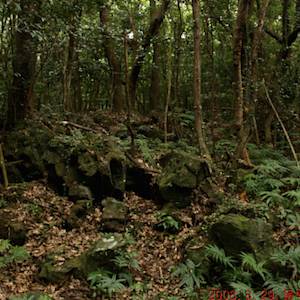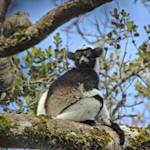Ural Montane Forests
2023 CE • Western Russia
"Burgeoning with deep lakes and winding rivers, the [Ural] mountain forests are vital water sources for lands as far-flung as the Arctic coast and the Caspian Sea . . . This ecoregion is centered on the Ural Mountains, a 2,000 km range that runs north-south through the Russian Federation, from the Arctic Ocean to the Ural River. The broad latitudinal range gives rise to extraordinarily diverse forests. Coniferous taiga of Siberian fir, Siberian pine, Scots pine, Siberian spruce, Norway spruce, and Siberian larch is admixed with silver and downy birches . . . A rich variety of wildlife can be found in this ecoregion, reflecting the pronounced diversity of habitats. Taiga forests shelter brown bears, elk, and capercaillie, whilst mixed forests are home to roe deer and ermine. Typically, Siberian species coexist with those more familiar to the European forests, as demonstrated by the overlap in ranges of sable with pine marten . . . Logging has been the main threat to these forests: intensive cutting of dark conifers has caused an extensive change in forest composition, with a prominent decrease in the prevalence of Siberian spruce and Siberian fir . . . Additionally, a warming climate over the past century has caused a notable upwards shift in the treeline."
"Urals Montane Forest and Taiga," One Earth.
Image: Alex Alishevskikh, CC BY-SA 2.0, via Wikimedia Commons


Learn about Maya Lin’s fifth and final memorial: a multi-platform science based artwork that presents an ecological history of our world - past, present, and future.

Discover ecological histories and stories of former abundance, loss, and recovery on the map of memory.

Learn how we can reduce our emissions and protect and restore species and habitats – around the world.

See how art can help us rethink the problems we face, and give us hope that each one of us can make a difference.

Help make a global memorial something personal and close to home. Share your stories of the natural world.


